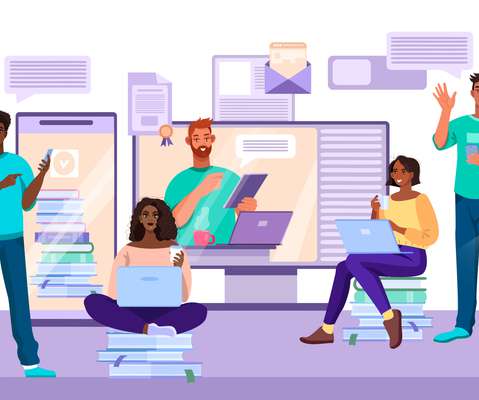Multitasking Vs. Continuous Partial Attention
eLearningMind
AUGUST 19, 2022
What is Multitasking? Multitasking is apparent human ability to perform more than one task at the same time. Therefore, multitasking often results in a high error rate. It might sound like two sides of the same coin, but multitasking is wildly different than continuous partial attention—especially for eLearning purposes.

























Let's personalize your content